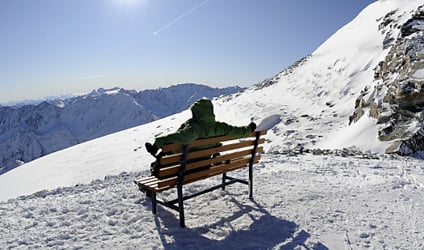A disappointingly wet summer followed by a periods of high-pressure made for a pleasant autumn, weather experts say.
"In the west and south we have had several days that feel like summer – with highs above 20 degrees. Most of the sun was in East Tyrol and Carinthia," Clemens Teutsch-Zumtobel from the UBIMET weather service said.
The average temperatures for October were two or three degrees above the long term average, making this October the warmest since 2006. However, since then temperatures have dropped by around 15 degrees leaving us feeling rather chilly.
A mix of sunshine and showers made parts of October feel more like April.
The tail end of Hurricane Gonzalo dramatically changed conditions, dumping twice or three times the average monthly rainfall on Austria in the space of 72 hours.
There has already been heavy snowfall above 900 metres, meaning the Alps already have more snow than last winter but this had the effect of saving many of the north alpine rivers from flooding.
Let’s hope it’s going to be a good winter for skiing.




 Please whitelist us to continue reading.
Please whitelist us to continue reading.
Member comments